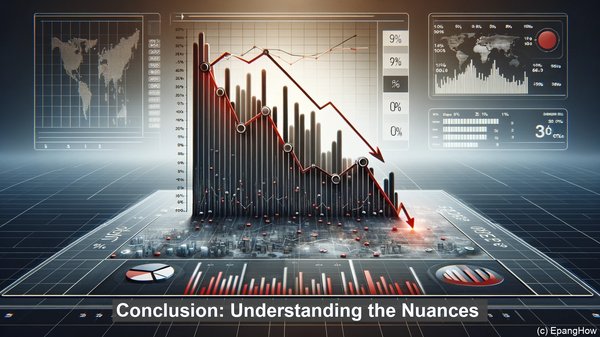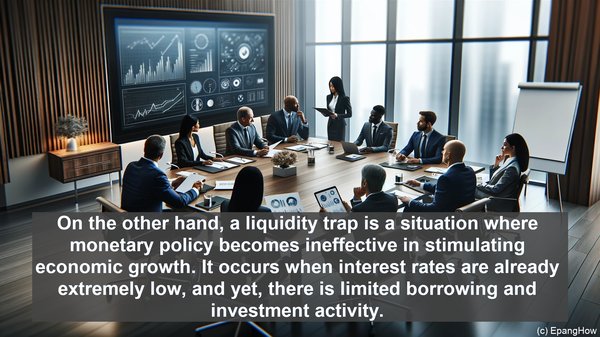Introduction: The Intricate World of Finance
Hello everyone, and welcome to another insightful video on the world of finance. Today, we’re going to explore the nuanced differences between two terms that often find themselves in the headlines – the credit crunch and the liquidity trap. While both these terms are associated with financial crises, they represent distinct phenomena. So, let’s dive right in!
Defining the Credit Crunch
A credit crunch refers to a sudden and severe reduction in the availability of credit or loans from financial institutions. This tightening of credit typically occurs when lenders become more risk-averse, leading to a decrease in lending activity. The credit crunch is often a result of external shocks, such as a global economic downturn or a collapse in a specific sector. Its consequences can be far-reaching, affecting businesses, consumers, and the overall economy.
Unpacking the Liquidity Trap
On the other hand, a liquidity trap is a situation where monetary policy becomes ineffective in stimulating economic growth. It occurs when interest rates are already extremely low, and yet, there is limited borrowing and investment activity. In a liquidity trap, individuals and businesses prefer to hold onto cash rather than engaging in spending or investment. This preference for liquidity can be driven by factors such as pessimistic economic expectations or a lack of confidence in the future.

The Role of Central Banks
Central banks play a crucial role in both credit crunches and liquidity traps. During a credit crunch, central banks often step in to provide liquidity to financial institutions, ensuring the smooth functioning of the banking system. This can be through measures like lowering interest rates or implementing quantitative easing. In a liquidity trap, however, the effectiveness of such measures is limited. Even if central banks inject more money into the system, the low interest rates may not incentivize borrowing or investment.

Implications for the Economy
Both credit crunches and liquidity traps have significant implications for the broader economy. In a credit crunch, the reduced availability of credit can lead to a decline in business investment, job losses, and a slowdown in economic activity. On the other hand, a liquidity trap can result in a prolonged period of economic stagnation, as the usual tools of monetary policy prove ineffective. Breaking out of a liquidity trap often requires a combination of unconventional measures and fiscal policy interventions.
